I am pleased to share one of my latest projects for Jockimo Advanced Architectural Products at Oklahoma City Federal Building.
To view the full gallery, click on any of the images below.
Designed by Ross Barney+Jankowski Architects
This powerful landmark balances both security, access, and a local language of materiality incredibly well. This important landmark was built to replace the Alfred P. Murrah Federal Building after the 1995 bombing where 168 people perished.
I was honored to be given access to document it through the lens of two quality products from Jockimo.
1) Jockimo Laminated Cast Glass Hand Rail
These Luminous panels punctuate the paths on the north and south of the building that lead to central public entrance. Providing moment's of pause along one's journey and an opportunity to reflect on both a past and a present.
2) Jockimo UL Ultimate Privacy™ Glass Flooring
32 Glass Flooring Panels were used to create this bridge unites the halves of this building at the central atrium. They project an image of fragility while simultaneously expressing resilience in their utility. There is also a steadfastness in the simple metal framing that elegantly piece these panels of translucent panels together.
This short promotional film was also a product I produced for Jockimo. If it were possible to film more here, I would take it.
I want to personally thank those who provided their help with coordinating access and permission in order to make this project happen. Special care and attention was made throughout this project to respect the men and women who continue to serve at this facility.










